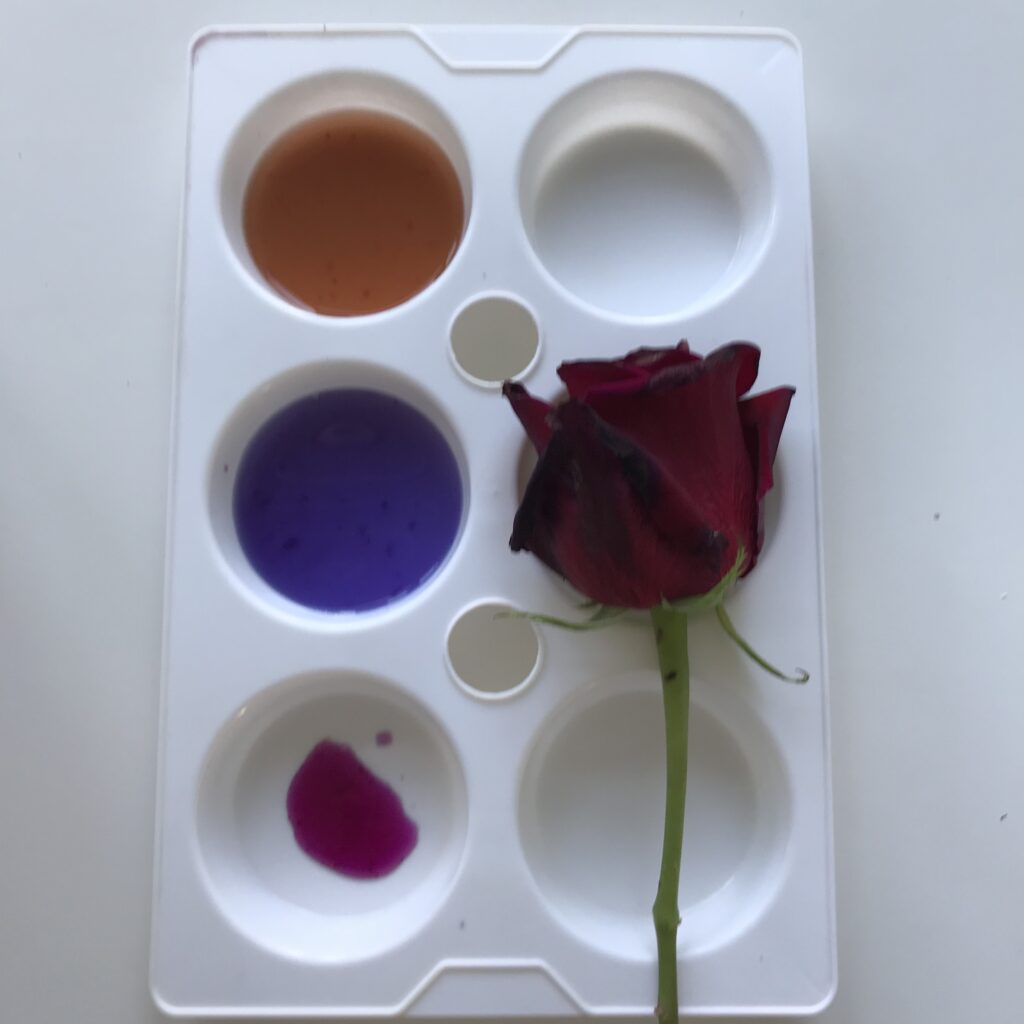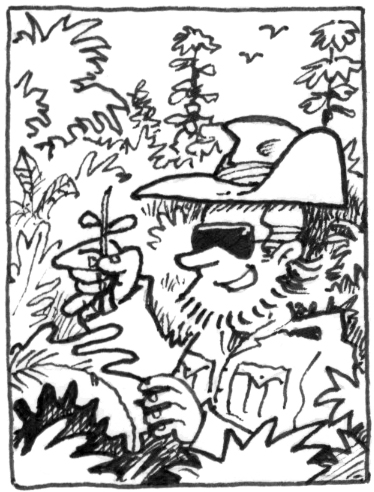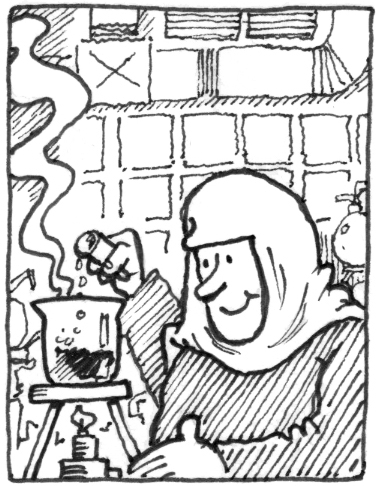
Flower Chemistry
You will need
How to do it
- Drop two petals into a pestle and mortar.
- Add two teaspoons of water and mix until the water changes colour.
- Use a syringe to collect up the mixture. Then add it into three different tray wells.
- Add a teaspoon full of vinegar to the first tray well and mix. This is your acid indicator.
- Add a teaspoon of bicarbonate of soda mixed with water to the second tray well and mix. This is your base indicator.
- Compare the colours in each tray well. What is different about them? Why do you think this is?
What are we learning
A rose is an example of an acid-base indicator. Other flowers that you could use include tulips and pansies. When we add an acid it turns the petal mixture an orange or pink colour. When we add the base it turns the petal mixture a blue or purple colour.
Investigate
Now try this with a range of other flowers. Which ones are acid-base indicators? You could also try this activity with fruit and vegetables.






